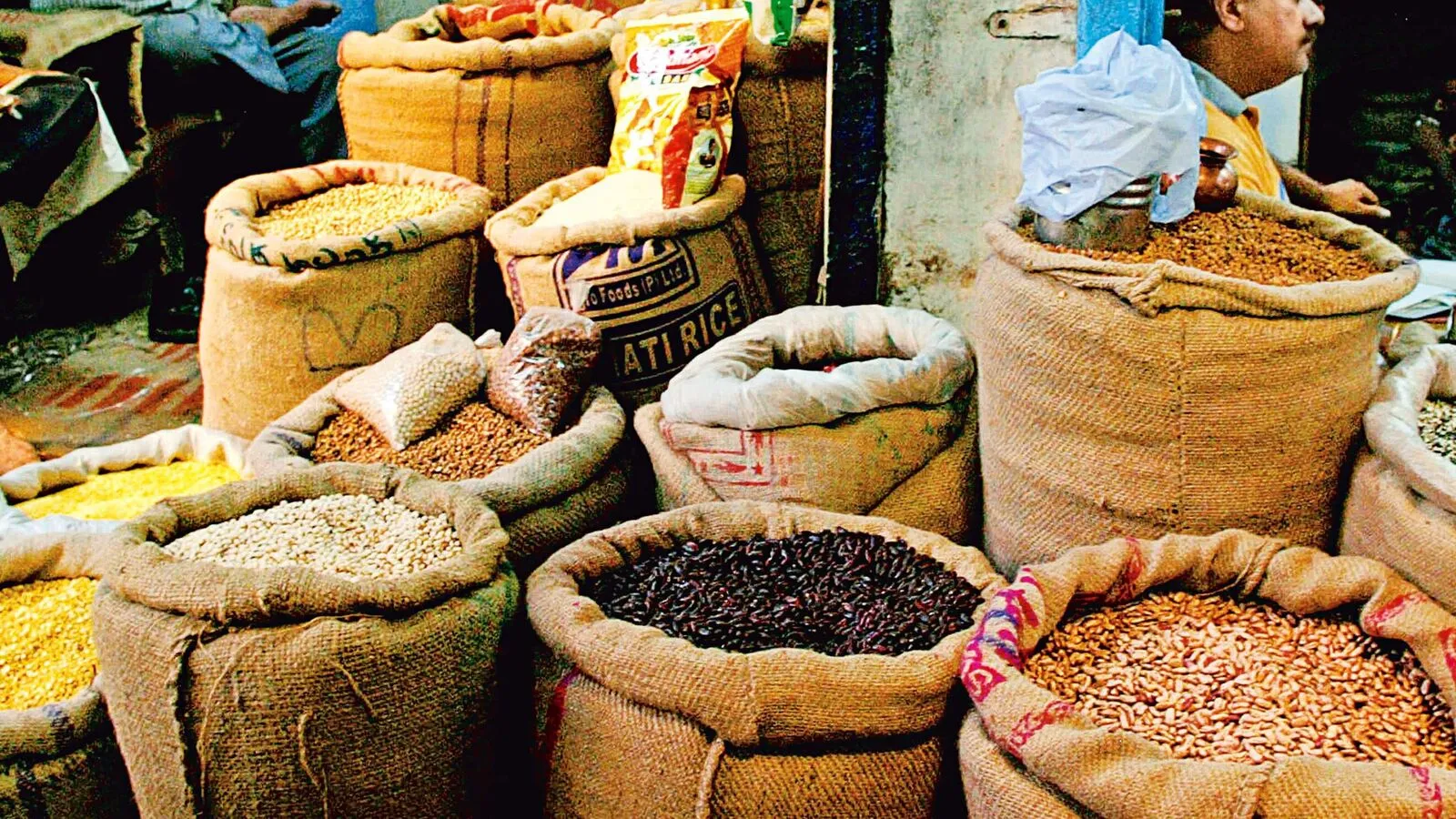In a promising development for India’s agricultural sector, the government has unveiled estimations showcasing a bountiful harvest for the kharif and rabi seasons of the fiscal year 2023-24. According to the second advance estimate released by the Ministry of Agriculture and Farmers’ Welfare, the nation is poised to witness a robust foodgrain production, with an estimated output of approximately 154.19 million tones during the kharif season and 155.12 million tones during the rabi season.
Abundant Yield: Kharif Season Projections
During the kharif season, which spans the crucial agricultural period from June to October, the forecast is particularly promising. Rice, a staple crop in India, is anticipated to yield abundantly, with an estimated production of 111.46 million tonnes. Additionally, millet grain, tur, soybean, and other key crops are expected to contribute significantly to the overall harvest, underscoring the agricultural resilience and productivity of the nation’s farming communities.
Sustained Momentum: Rabi Season Projections
As the agricultural calendar transitions to the rabi season, characterized by the sowing of winter crops from October to March, the momentum of the harvest shows no signs of abating. Wheat, a cornerstone of India’s agrarian landscape, is projected to yield approximately 112.02 million tonnes, reaffirming its status as a critical component of the nation’s food security. Furthermore, pulses such as gram and lentils, along with oilseeds like rapeseed and mustard, are poised to contribute substantially to the overall production, bolstering India’s self-sufficiency in essential food commodities.
Key Crop Insights: Tur, Gram, Lentils, and Oilseeds
Within the spectrum of agricultural diversity, certain key crops warrant closer examination. Tur, a staple pulse crop renowned for its nutritional value, is expected to register a modest increase in production compared to the previous year, reflecting sustained efforts to enhance cultivation practices and optimize yields. Similarly, gram and lentils, vital sources of protein for millions across the country, are projected to maintain steady production levels, albeit with marginal fluctuations. Additionally, the outlook for oilseeds such as soybean, rapeseed, and mustard remains optimistic, with favorable climatic conditions and proactive agricultural interventions driving a positive trajectory in output.
Cash Crop Contributions: Cotton and Sugarcane
Beyond staple food grains, India’s agricultural landscape is enriched by the cultivation of cash crops with significant economic implications. Cotton, a cornerstone of the textile industry, is forecasted to yield approximately 32.31 million bales, highlighting its enduring importance in driving rural livelihoods and industrial growth. Similarly, sugarcane, a key source of sugar production and a mainstay of the agro-industrial complex, is poised to contribute substantially to the nation’s agricultural output, with an estimated production of 446.43 million tonnes, reaffirming its pivotal role in the country’s socio-economic fabric.
Driving Agricultural Prosperity: Government Initiatives and Farmer Resilience
The buoyant projections for India’s foodgrain output underscore the collective efforts of farmers, policymakers, and stakeholders in fostering agricultural prosperity and resilience. Against the backdrop of evolving climatic patterns and economic challenges, sustained government initiatives aimed at enhancing agricultural infrastructure, promoting sustainable farming practices, and ensuring equitable access to resources have played a pivotal role in empowering farmers and driving rural prosperity. As India marches towards its agricultural goals, the synergy between proactive governance and farmer resilience will continue to shape the trajectory of the nation’s agrarian landscape, fostering growth, sustainability, and inclusive development.

